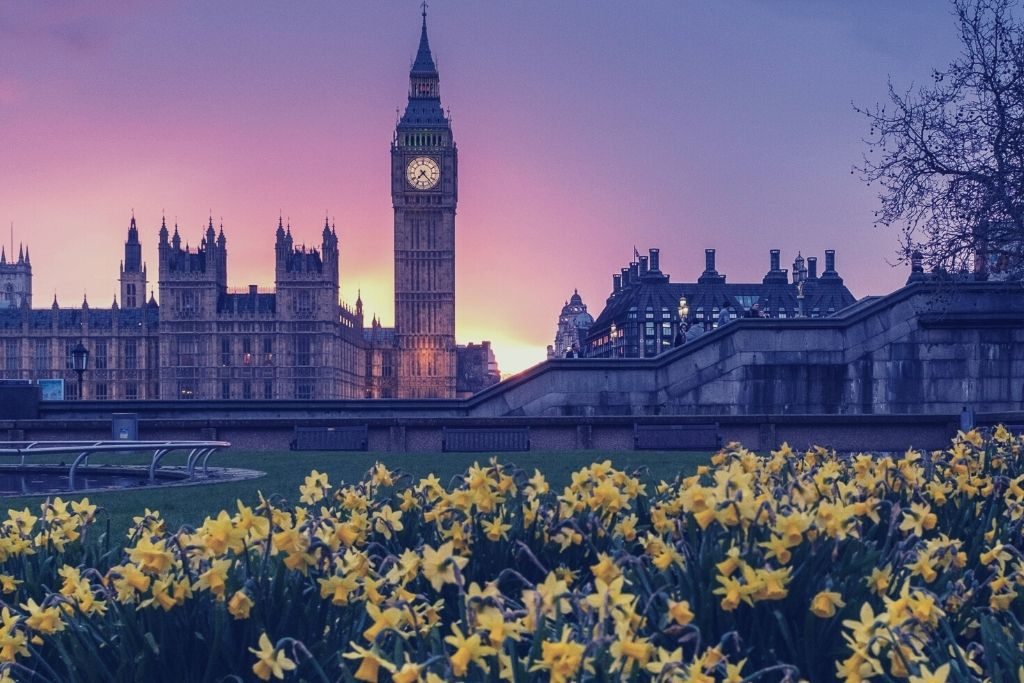The world’s urban population more than quadrupled in the last 60 years and recently reached 4.4 billion, with no signs of slowing down. Hence, unsurprisingly, cities are responsible for about 75 percent of the global carbon emissions, mainly due to the intense needs of buildings and transportation.
On the other hand, cities have also been centers of commerce, innovation, and technological take-off throughout history. Thus, while they’re fundamental contributors to the climate crisis, sustainable solutions and decarbonization strategies have also started to emerge from cities.
Recently, 596 cities worldwide vowed to take action to cut emissions. According to the non-profit Disclose Insight Action, in 2020, 88 cities have made it to their “A-list” due to their efforts to achieve carbon neutrality.
The following top four cities, situated on four different continents and each dealing with a unique set of climate challenges, strive towards carbon neutrality. Achieving carbon neutrality would mean the cities would have a balance between emitting carbon and absorbing carbon from the atmosphere in carbon sinks.
London (Pop: 8,9 million)
London, the largest city in Western Europe, was once called “The Big Smoke” due to its notorious pollution following the industrial revolution.
In 2021, the UK capital established itself as a leader in efforts to reduce carbon emissions. The ambitious mayor Sadiq Khan brought the city’s goal of becoming carbon neutral by 2050 down to 2030.
The Ultra-low Emission Zone (Ulez) established in central London is slowly expanding, with other British cities like Birmingham and Manchester also following the strategy.
Cape Town (Pop: 4,7 million)
The combination of a dry climate, rapid urbanization, and poor rainfall brought a severe water shortage crisis to Cape Town in 2018, awakening many of its residents to the urgency of climate change.
Hence, the South African city has been striving towards carbon neutrality by 2050 through initiatives in transportation, spatial planning, sustainable energy, and building regulations.
San Francisco (Pop: 4,7 million)
In recent years, San Francisco emerged as a model North American city thanks to its commitment to eliminate its carbon footprint and efforts to supply its residents with only renewable energy.
The birthplace of Earth Day is already ahead of its goal of carbon neutrality by 2050. In 2021, San Francisco’s Department of Environment revealed that the city had reduced its emissions 41 percent below 1990 levels, well ahead of a goal to reduce emissions 40 percent by 2025.
Hong Kong (Pop: 7,5 million)
It’s well-documented that some of the worst sufferers of climate change might be island nations, and Hong Kong is no exception. The densely populated city-nation has already been facing its fair share of extreme weather and natural disasters.
Thus, in its bid to go climate neutral by 2050, Hong Kong strategizes to decarbonize its public transport, building sector, and power the island with clean energy.
Carbon Neutrality by 2050: The World’s Most Urgent Mission
António Guterres, the Secretary-General of the United Nations described the mission to become carbon neutral by 2050 as “the world’s most urgent” one.
However, following these successful examples on track with their goals, there’s no doubt more cities around the world will be aligning themselves with this mission.






